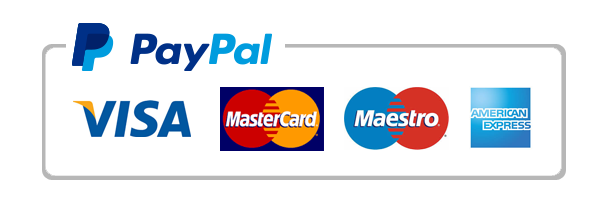Introduction
This assessment provides an opportunity to research the literature and apply evidence to support what communication, teaching, and learning best practices are needed for a hypothetical patient with a selected health care problem.
NOTE: You are required to complete this assessment after Assessment 1 is successfully completed.
Preparation
You are encouraged to complete the Vila Health: Cultural Competence activity prior to completing this assessment. Completing course activities before submitting your first attempt has been shown to make the difference between basic and proficient assessment.
In this assessment, you will evaluate the preliminary care coordination plan you developed in Assessment 1 using best practices found in the literature.
To prepare for your assessment, you will research the literature on your selected health care problem. You will describe the priorities that a care coordinator would establish when discussing the plan with a patient and family members. You will identify changes to the plan based upon EBP and discuss how the plan includes elements of
Healthy People 2030
.
Instructions
Note: You are required to complete Assessment 1 before this assessment.
For this assessment:
· Build on the preliminary plan, developed in Assessment 1, to complete a comprehensive care coordination plan.
Document Format and Length
Build on the preliminary plan document you created in Assessment 1. Your final plan should be a scholarly APA-formatted paper, 5–7 pages in length, not including title page and reference list.
Supporting Evidence
Support your care coordination plan with peer-reviewed articles, course study resources, and Healthy People 2030 resources. Cite at least three credible sources.
Grading Requirements
The requirements, outlined below, correspond to the grading criteria in the Final Care Coordination Plan Scoring Guide, so be sure to address each point. Read the performance-level descriptions for each criterion to see how your work will be assessed.
· Design patient-centered health interventions and timelines for a selected health care problem.
· Address three health care issues.
· Design an intervention for each health issue.
· Identify three community resources for each health intervention.
· Consider ethical decisions in designing patient-centered health interventions.
· Consider the practical effects of specific decisions.
· Include the ethical questions that generate uncertainty about the decisions you have made.
· Identify relevant health policy implications for the coordination and continuum of care.
· Cite specific health policy provisions.
· Describe priorities that a care coordinator would establish when discussing the plan with a patient and family member, making changes based upon evidence-based practice.
· Clearly explain the need for changes to the plan.
· Use the literature on evaluation as a guide to compare learning session content with best practices, including how to align teaching sessions to the Healthy People 2030 document.
· Use the literature on evaluation as guide to compare learning session content with best practices.
· Align teaching sessions to the Healthy People 2030 document.
· Apply APA formatting to in-text citations and references, exhibiting nearly flawless adherence to APA format.
· Organize content so ideas flow logically with smooth transitions; contains few errors in grammar/punctuation, word choice, and spelling.
Additional Requirements
Before submitting your assessment, proofread your final care coordination plan to minimize errors that could distract readers and make it more difficult for them to focus on the substance of your plan.
Portfolio Prompt: Save your presentation to your
ePortfolio. Submissions to the ePortfolio will be part of your final Capstone course.
Context
Care coordination is the process of providing a smooth and seamless transition of care as part of the health continuum. Nurses must be aware of community resources, ethical considerations, policy issues, cultural norms, safety, and the physiological needs of patients. Nurses play a key role in providing the necessary knowledge and communication to ensure seamless transitions of care. They draw upon evidence-based practices to promote health and disease prevention to create a safe environment conducive to improving and maintaining the health of individuals, families, or aggregates within a community. When provided with a plan and the resources to achieve and maintain optimal health, patients benefit from a safe environment conducive to healing and a better quality of life.

